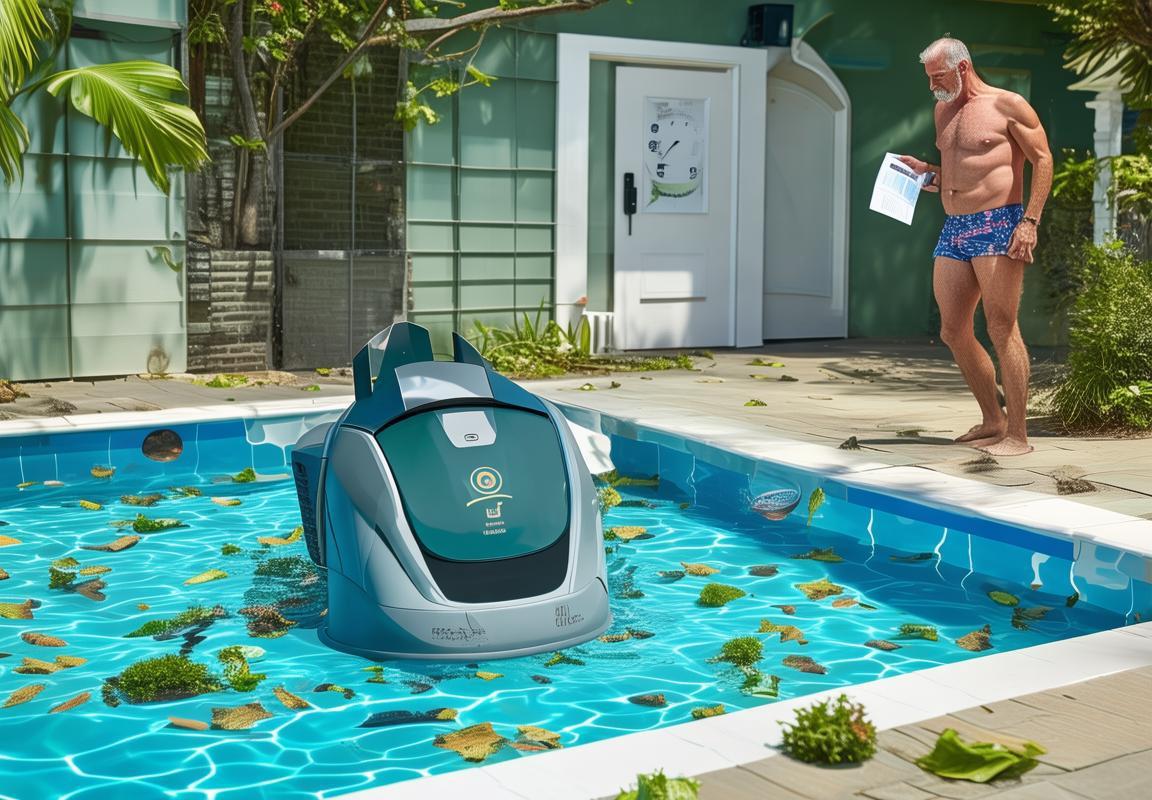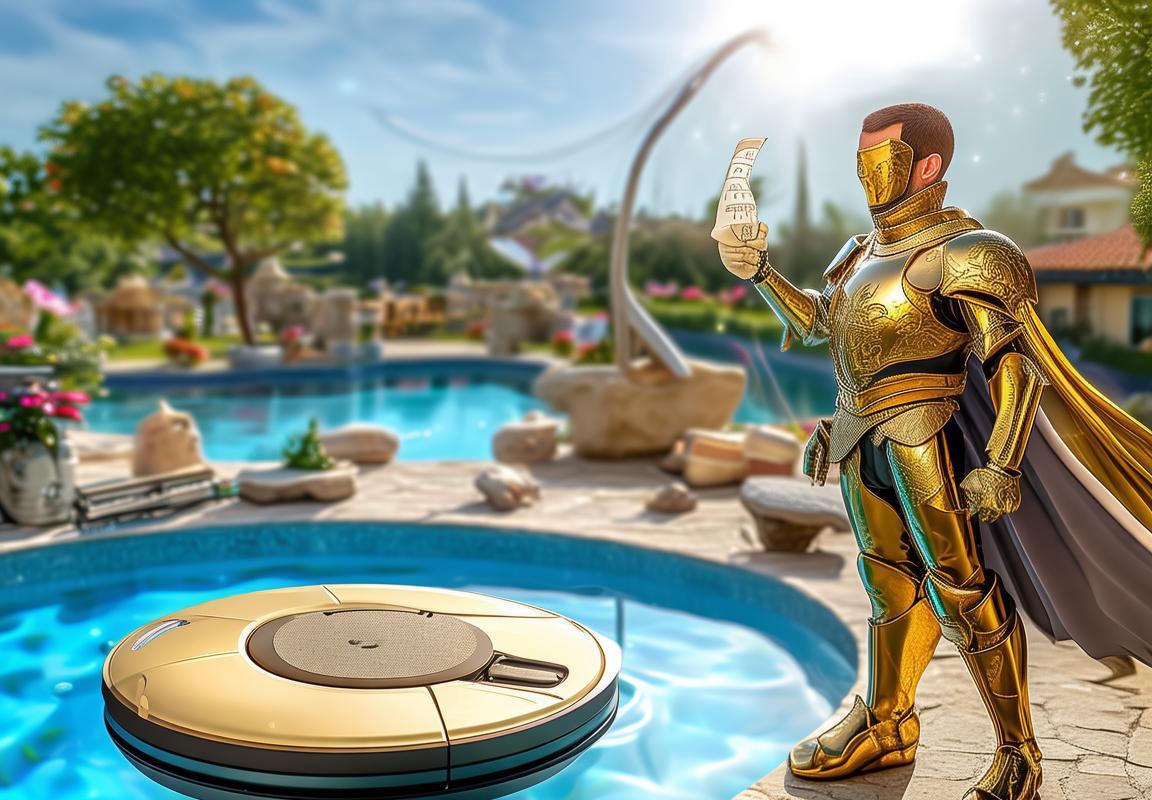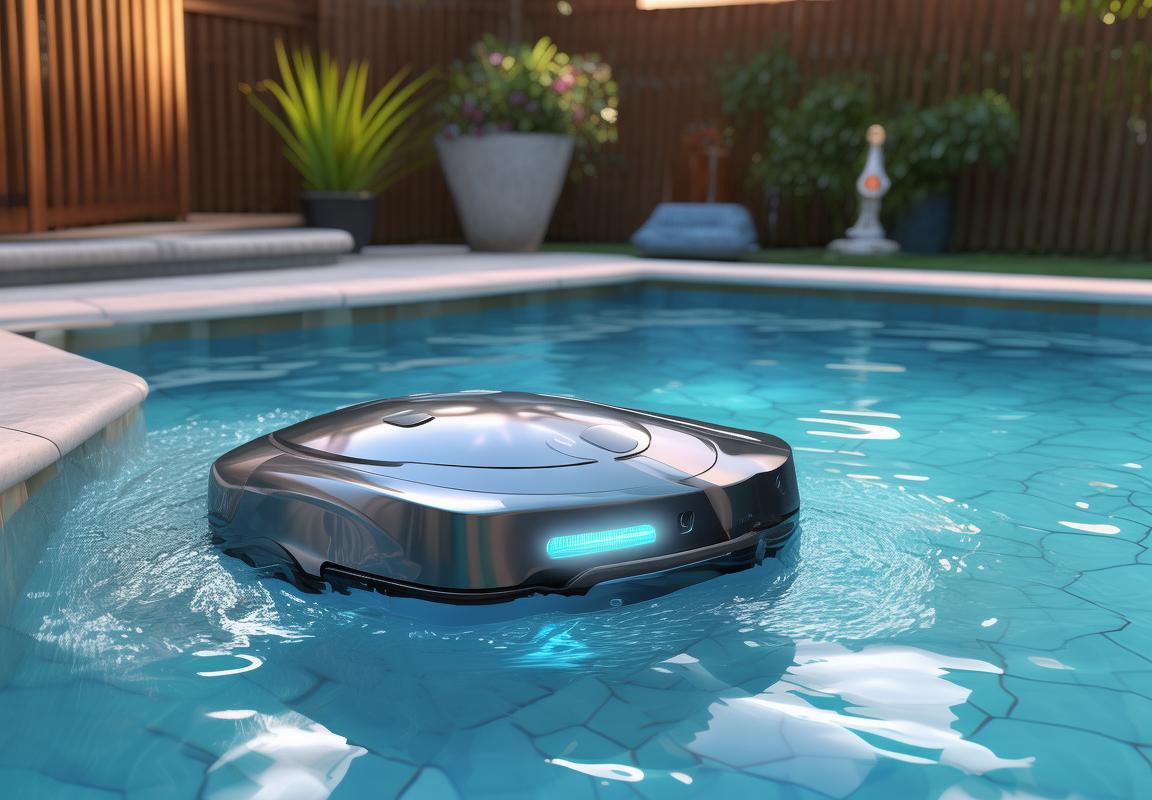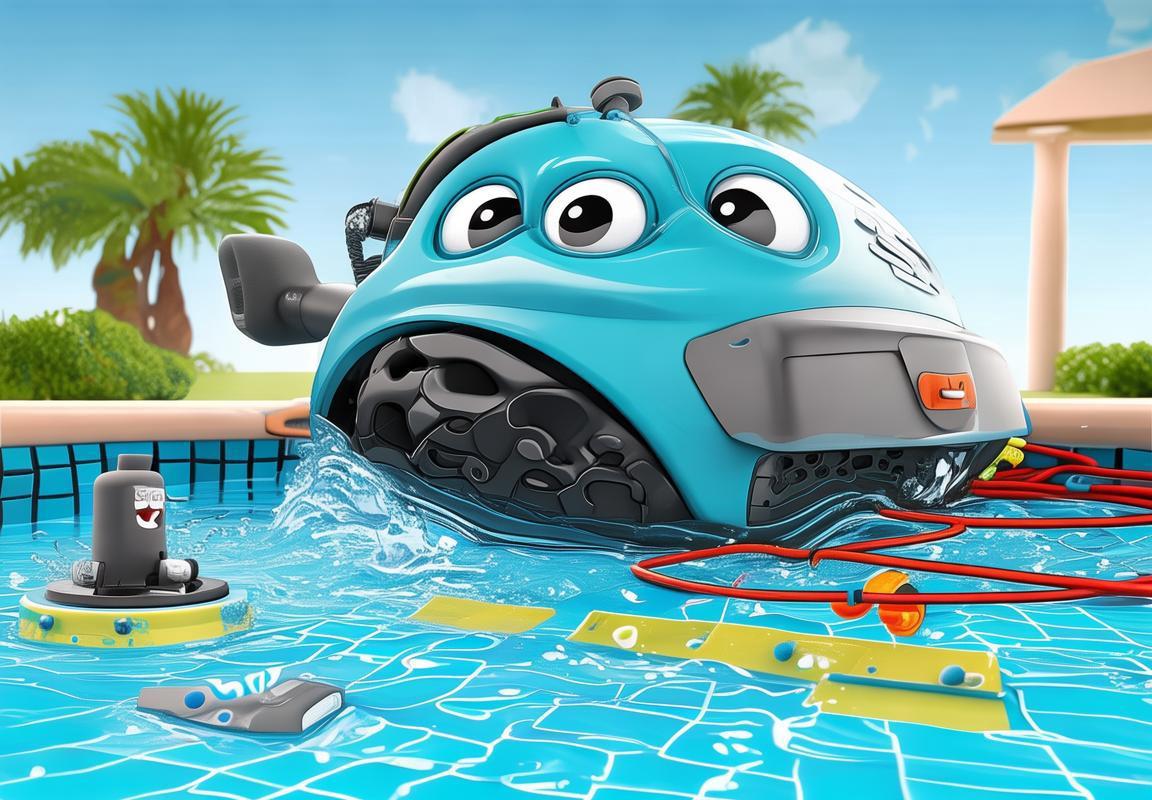Volt Pool Cleaner Troubleshooting: Best Pool Maintenance Tips to Fix a Dirty Pool
You bought a Volt Pool Cleaner, expecting a spotless pool, but it’s still dirty. Here’s why: First, you might have the wrong model—check if your best pool cleaner matches your pool size (e.g., 24V for 15,000–30,000 gallons, 36V for larger pools). Second, runtime matters—running it for just 30 minutes won’t cut it; aim for 3+ hours. Third, debris overload clogs filters—skim large leaves first unless you enjoy unclogging impellers. Fourth, maintenance is key: rinse filters weekly, replace brushes every 6 months, and check hoses for kinks. Finally, timing helps—run your Volt Pool Cleaner in the afternoon when debris settles but before new dirt arrives. Pool maintenance isn’t optional; neglect turns your investment into a $500 paperweight. Adjust these factors, and your pool will go from swampy to sparkling.





